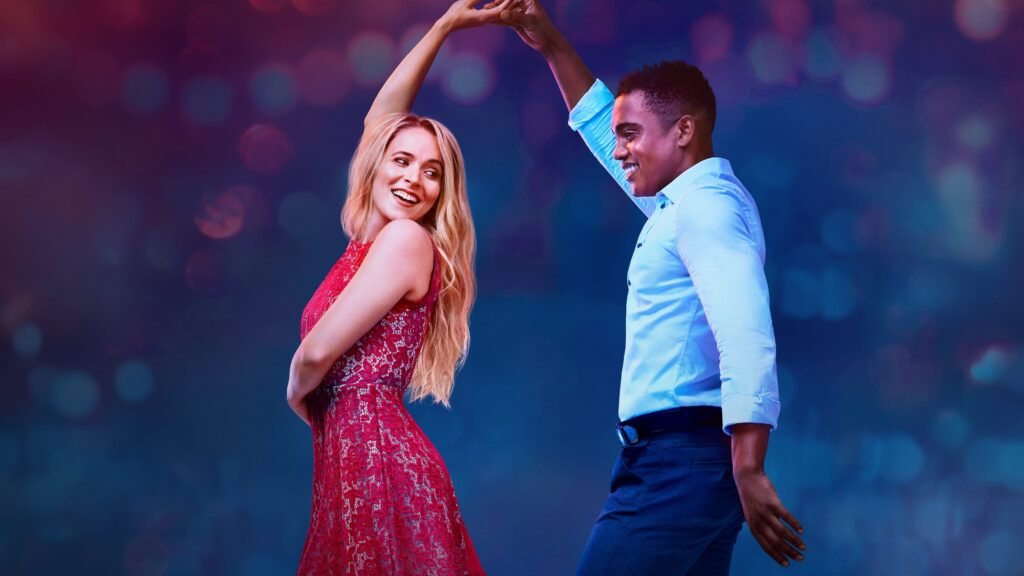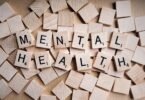
In our world today, dancing is widely used for recreation and self-expression. However, it can also be done as a competitive activity. Dancing is an art and a medium for communication, agility, finding balance, improving the state of the mind, self-coordination, and mental health in general.
Dancing is a pleasurable way to be more physically active and stay fit. Dance Art has always been a part of human culture, rituals, and celebrations, and so there are many forms of dance which range from ballroom to barn dancing, disco to Morris dancing.
Types of Dance Art:
There are various kind of Dance and they include:
- Belly dancing: originating in the Middle East, this dance style is a fun way to exercise.
- Hip-hop – performed mostly to hip-hop music, this urban dance style can involve breaking, popping, locking and freestyling.
- Ballet: mostly performed to classical music, this dance style focuses on strength, technique, and flexibility.
- Jazz is a high-energy dance style involving kicks, leaps, and turns to the beat of the music.
- Pole dancing has become increasingly popular as a form of exercise. It involves sensual dancing with a vertical pole and requires muscle endurance, coordination, and upper-and lower-body strength.
- Salsa – involving a mixture of Caribbean, Latin American and African influences, salsa is usually a partner dance and emphasises rhythms and sensuality.
- Tap dancing focuses on timing and beats. The name originates from the tapping sounds made when the small metal plates on the dancer’s shoes touch the ground.
Benefits of Dance to Improve your Mental Health
There are days you could feel optimistic, moody, anxious, tired, or even fatigued. A study has shown that dancing can help improve your mental state of mind as well as your mental well-being generally. You are also cognitively improving your brain as you learn the steps to the dances. Dancing, therefore, might be one of the best physical activities you can choose for brain health.
Today, we will consider the Physical and Mental benefits of Dancing
Physical Health Benefits of Dancing
- To Improve the muscle tone
- To Increase the muscle strength
- To aid increase heart rate
- To Improve lungs movement
- To increase blood circulation
- To help lowers risk of cardiovascular disease
- To boosts aerobic fitness
- To improve body posture
- To make your bones stronger
- To help reduce the risk of osteoporosis
- For rapid weight management
- To Improve flexibility
- For better sight coordination and agility
- To Increase strength endurance
Mental Health Benefits of Dance
- Dance helps to keep the mind sharp.
- to boost self-esteem
- To build good social skills.
- To increase endorphins
- It helps bonding become easier with others.
- To Improve your mood
- It Lessens loneliness
- It Eases depression
- It lowers the state anxiety
- It decreases rumination and Procrastination
- To improve cognitive skill
Dance Therapy
Many people usually opt for dance or movement therapy. It’s defined by the American Dance Therapy Association (ADTA) as the “psychotherapeutic use of movement to promote emotional, social, cognitive, and physical integration of the individual,” for the purpose of improving health and well-being.
A recent survey was conducted on the effects of movement and dance on health-related psychological outcomes.
And its results were mind blowing. The benefits of movement and dance included increased quality of life and interpersonal skills while at the same time lowering depression and anxiety.
If you had not considered taking a dance class yet, you might want to think again about incorporating dance into your physical and mental health programs.
Important Tips on How to Get Started
- Always wear layers of clothing that you can take off as your body warms up.
- Check frequently with your dance teacher to ensure you are holding the correct position.
- Perform some warm-up stretches or activities before you begin a dance session.
- Always drink plenty of water before, during, and after dancing.
- Ensure you rest between dance sessions.
- Perform regular leg-strengthening exercises.
- Move as freely and gracefully as you can.
- Always make sure to cool down after a dance session, including stretching.
In Summary
Generally, dancing is a way for people of all ages to stay fit, as well as people of all shapes and sizes. It has a wide range of physical and mental benefits, including:
- improving condition of your heart and lungs
- increasing muscular strength, endurance and motor fitness
- improved muscle tone and strength
- aid weight management
- for stronger bones and reduced risk of osteoporosis
- for better coordination, agility and flexibility
- improving balance
- increasing physical confidence
- improving mental functioning and reasoning
- improving general and psychological well-being
- for greater self-confidence and self-esteem
- for a better social skills.
Disclaimer: The above information published in this article is solely for informational and educational purposes only. The article written/published does not intend to diagnose, treat, or cure any disease and should not be treated as medical advice. Seek the direction of your doctor before starting any diet!
Remember, sharing is caring!






